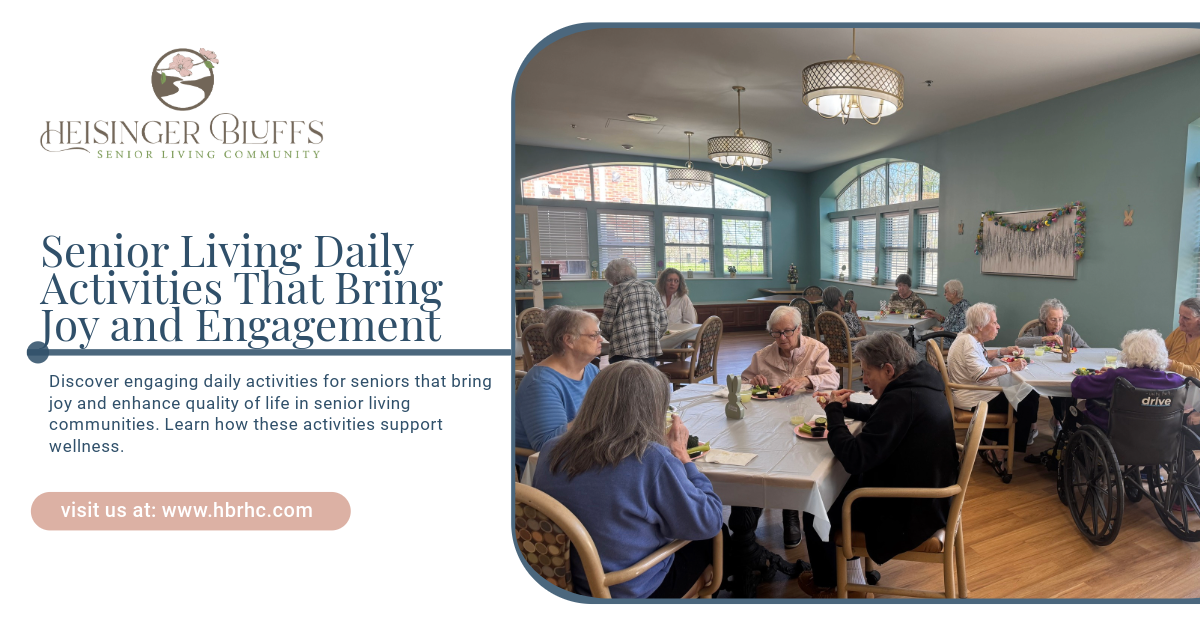Enhancing Well-Being in Jefferson City, MO: Discover the Perfect Comfort Items for Dementia Patients

Caring for individuals with dementia can be a challenging and emotional journey for families and caregivers. One of the most important aspects of this care is ensuring that patients feel comfortable, safe, and understood. In Jefferson City, MO, there are various comfort items designed specifically for individuals with dementia that can significantly enhance their well-being. This blog explores the best comfort items available, their benefits, and how they contribute to a positive living environment.
Understanding Dementia and Its Effects
Dementia is an umbrella term for a range of neurological disorders that affect memory, thinking, and social abilities severely enough to interfere with daily life. Alzheimer’s disease is the most common type of dementia, but there are several other forms as well. Individuals with dementia may experience confusion, memory loss, anxiety, and changes in mood and behavior. As their condition progresses, they may require additional support and comfort to navigate their daily lives.
The Importance of Comfort for Dementia Patients
Comfort items play a crucial role in supporting the emotional and physical well-being of individuals with dementia. These items can:
- Provide Security: Familiar items can create a sense of security and reduce anxiety, helping patients feel more at ease in their environment.
- Stimulate Memory: Certain comfort items can trigger pleasant memories, helping to engage the mind and improve mood.
- Encourage Independence: Some items can empower individuals to perform daily tasks independently, promoting a sense of autonomy.
By incorporating specific comfort items into their daily routines, caregivers can greatly enhance the quality of life for individuals living with dementia.
Essential Comfort Items for Dementia Patients
Here are some of the most effective comfort items for enhancing the well-being of dementia patients:
1. Weighted Blankets
Weighted blankets provide deep pressure stimulation, which can have a calming effect on individuals with anxiety and restlessness. These blankets mimic the sensation of being hugged or held, promoting relaxation and a sense of safety.
- Benefits: They can help reduce anxiety, improve sleep quality, and create a comforting environment.
- How to Use: Ensure the blanket is not too heavy for the individual; a weight of around 10% of their body weight is recommended.
2. Fidget Blankets
Fidget blankets are sensory blankets designed with various textures, colors, and attachments to engage the hands and stimulate the mind. They can keep individuals occupied and reduce agitation.
- Benefits: They help improve focus, provide sensory stimulation, and can be calming for restless hands.
- How to Use: Place the blanket within reach during times of rest or when the individual seems anxious.
3. Comfort Items from Childhood
Familiar items from a person’s past can evoke positive memories and emotions. Stuffed animals, dolls, or nostalgic toys can serve as comforting companions.
- Benefits: They can provide emotional support, reduce feelings of loneliness, and create a sense of familiarity.
- How to Use: Encourage the individual to interact with the item, reminiscing about its significance.
4. Aromatherapy Products
Aromatherapy can significantly impact mood and well-being. Essential oils like lavender, chamomile, and bergamot can promote relaxation and calmness.
- Benefits: They can alleviate anxiety, improve sleep quality, and create a soothing environment.
- How to Use: Use diffusers, scented candles, or roll-on oils, ensuring to check for allergies before use.
5. Comfortable Clothing
Clothing that is soft, easy to put on, and free from restrictive features can enhance comfort for individuals with dementia. Look for items with elastic waistbands, front closures, and soft fabrics.
- Benefits: Comfortable clothing can reduce frustration during dressing and promote a sense of ease throughout the day.
- How to Use: Choose familiar clothing styles and colors that the individual has enjoyed in the past.
6. Personalized Photo Albums
Creating a personalized photo album filled with family pictures, special events, and favorite places can help stimulate memories and foster connections.
- Benefits: Engaging with familiar images can evoke happy memories and facilitate conversations with caregivers.
- How to Use: Go through the album together, encouraging the individual to share stories or thoughts about the pictures.
7. Soft Music and Sound Machines
Music can have a profound impact on mood and memory. Creating playlists of favorite songs or using sound machines that play soothing nature sounds can help promote relaxation.
- Benefits: Music can evoke emotions, stimulate memories, and reduce anxiety.
- How to Use: Play music during quiet times or use sound machines during sleep to create a peaceful atmosphere.
8. Memory Foam Cushions
Memory foam cushions can provide extra support and comfort for individuals who may be sitting for extended periods. They help alleviate discomfort and promote proper posture.
- Benefits: They can enhance comfort while sitting, reducing pain and promoting relaxation.
- How to Use: Place the cushion on chairs or wheelchairs to provide additional support.
9. Dementia-Specific Games and Puzzles
Games and puzzles designed for individuals with dementia can help stimulate the mind while providing enjoyment and engagement.
- Benefits: They can improve cognitive function, promote social interaction, and offer a sense of accomplishment.
- How to Use: Choose age-appropriate and familiar games or puzzles to encourage participation.
10. Comforting Drinks and Foods
Warm drinks, such as herbal tea or warm milk, can provide comfort and relaxation. Familiar snacks and meals can also evoke positive memories.
- Benefits: Familiar tastes can enhance comfort, improve mood, and provide sensory satisfaction.
- How to Use: Serve favorite drinks and snacks during social times or quiet moments to promote enjoyment.
Creating a Comforting Environment
While comfort items are essential, creating an overall comforting environment is equally important. Here are some tips to enhance the living space for individuals with dementia:
1. Declutter the Space
A clutter-free environment reduces confusion and anxiety. Keep spaces organized and remove unnecessary items to create a calming atmosphere.
2. Use Familiar Decorations
Incorporate personal items, photographs, and decorations that have sentimental value. Familiar surroundings can evoke positive emotions and enhance comfort.
3. Ensure Adequate Lighting
Good lighting is crucial for safety and comfort. Use natural light whenever possible and avoid harsh fluorescent lighting. Soft, warm lighting can create a more inviting atmosphere.
4. Control Noise Levels
Minimize background noise to reduce distractions and agitation. Use soft music or white noise machines to create a soothing sound environment.
5. Personalize Spaces
Encourage individuals to personalize their space with items they love, such as art, books, or keepsakes. This personalization can help them feel more at home.
Conclusion
Enhancing the well-being of dementia patients in Jefferson City, MO, involves providing comfort items that promote safety, security, and emotional connection. By incorporating weighted blankets, fidget items, familiar objects, and engaging activities, caregivers can create a supportive environment that nurtures their loved ones. In addition to these items, cultivating a comforting atmosphere is essential for fostering a sense of belonging and peace.
For families seeking assistance and a community that understands their loved one's needs, Heisinger Bluffs offers specialized care and support for individuals with dementia and their families.
Sources:
- https://www.alz.org/alzheimers-dementia/what-is-dementia
- https://www.sciencedirect.com/science/article/pii/S096522992400092X
- https://www.hopkinsmedicine.org/health/wellness-and-prevention/aromatherapy-do-essential-oils-really-work
- https://www.psychologytoday.com/us/blog/science-of-choice/202211/how-listening-to-music-affects-your-mood












